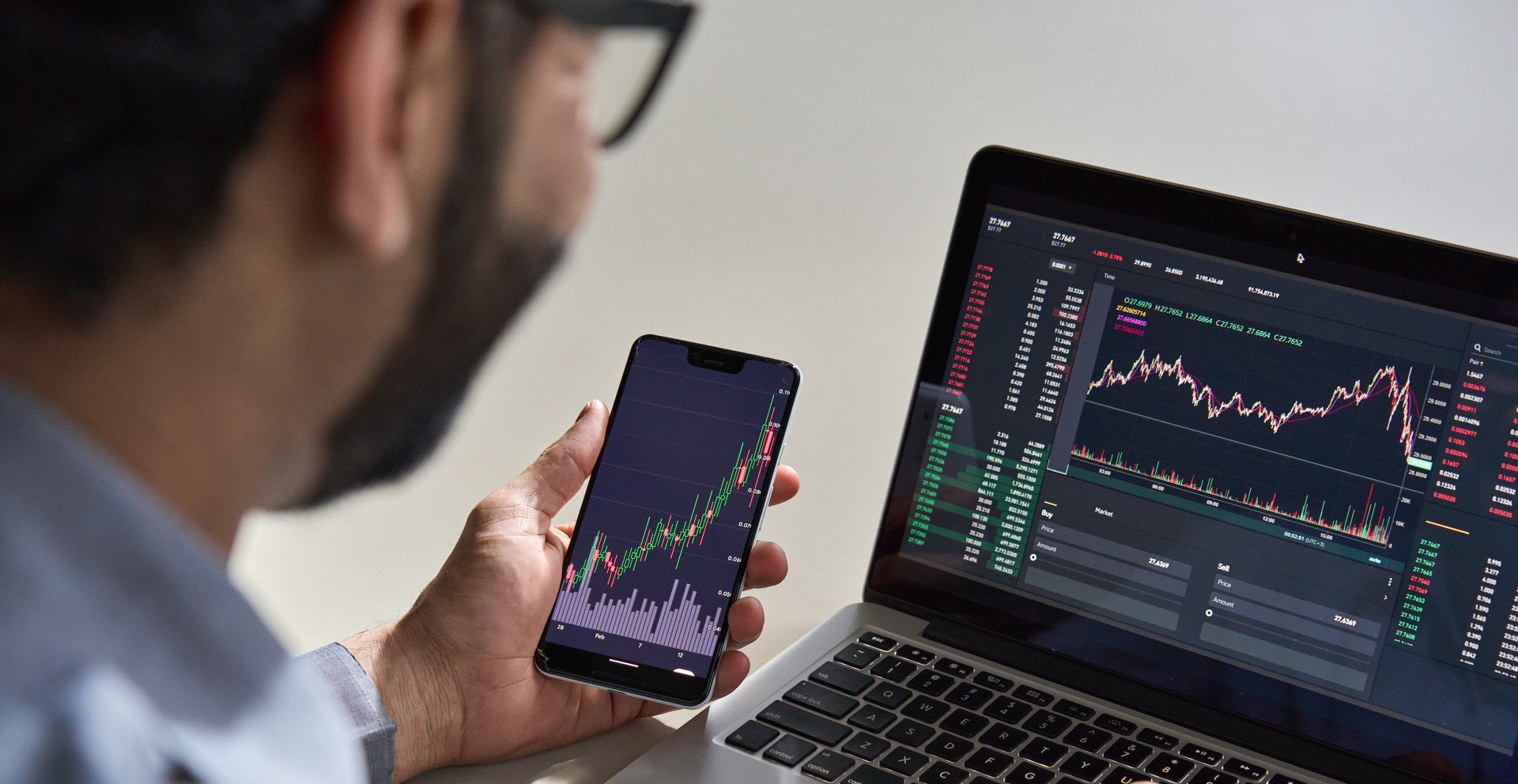SEIS vs EIS: how do the pair differ as investment schemes?
Tax efficient investing is one of the most popular choices on the investment landscape, with many savvy investors including at least some level of SEIS or EIS business in their investment portfolio.
Investing in SEIS or EIS businesses is higher risk, but it also affords the opportunity of a higher reward if the company grows and excels. Bringing potentially significant returns, couple this with inviting tax reliefs and you can begin to see the appeal.
Arguably the two most popular tax efficient investing schemes in the UK, the EIS and SEIS are essentially sister schemes to one another and as such, are very similar in their detail - but there are some key differences.
What is SEIS?
SEIS - the Seed Enterprise Investment Scheme - was established by the UK Government in 2012 to promote investment into very early stage UK start-up companies.
As detailed in our handy investor guide, the SEIS tax reliefs offered to individual investors were put in place to help small, early-stage companies raise equity finance by mitigating risk, attracting investors to their offering with up to 64% tax relief.
There are some points to note to achieve this - the shares must be held for three years to qualify for the tax relief, for example - but most early-stage investors are in such opportunities for the medium to long term.
In addition to the reliefs, any profit made upon the disposal of the shares is tax exempt, too - and from the startups point of view, SEIS can be applied on the first £150,000 worth of share capital a company raises, but this must be completed within two years of a business commencing trading.
What's the criteria for SEIS eligibility?
A company can use the scheme to encourage investment if they:
- are carrying out a new qualifying trade
- are a business established in the UK
- aren't trading on the stock exchange and have no arrangements to be a quoted company
- have less than £200,000 of gross assets
- don't control, and isn’t controlled, by another company
- have less than 25 employees
- haven't seen any investment through the EIS scheme or other venture capital trust
And what about EIS?
The EIS - Enterprise Investment Scheme - is the accompanying scheme to SEIS, designed to assist slightly more established companies in attracting investors to their early growth capital rounds.
As we highlighted in our free EIS guide, the EIS was established in 1994 and the general idea is that a business will use SEIS for their proof of concept round or seed round, and EIS for their seed or super seed round.
The criteria for EIS eligibility
A company can use the scheme to encourage investors if they:
- are established in the UK
- aren't registered on a stock exchange and don't have plans to do so
- don't control another company and aren't controlled by another company
- have gross assets worth less than £15m
- have fewer than 250 full time employees

So what are the key differences?
It's clear from the above that calling the schemes 'sister schemes' is an accurate description as for the most part, they're particular similar.
But generally speaking, they differ in three key ways:
1. Age of the business
SEIS business have to have been trading for less than two years to qualify for the scheme, whilst businesses looking to qualify for EIS can be within seven years of trading commencing.
From an investor's point of view, this means an EIS business could be up to five years more established than an SEIS business, which in turn means that the business, team, idea and growth curve will be more stable and more embedded. Although still a higher risk investment, such stability can help to reduce the level of risk involved.
2. Size of the investment
Companies raising investment with SEIS are limited to a total of £150,000. In comparison, businesses under the EIS banner can generally apply for up to £5m each year until the business has raised a total of £12m.
As an investor, if you’re looking to invest in excess of £150k into a single business, you're focus would be on embracing the EIS, with only the first £150k benefitting from SEIS.
3. Level of tax relief
The actual workings of the tax reliefs for EIS and SEIS businesses function in the same way, but the level of tax reliefs that can be benefited from by investors differ significantly.
Income tax is the most notable tax relief offered, and with EIS it's an appealing 30% - but with SEIS, it increases to 50%. That means an investment of £1,000 could provide an immediate amount of tax relief of £300 and £500 respectively.
The tax reliefs don't stop there, and as I mentioned above SEIS investors could actually achieve 64% relief. This is the combined total when taking into account capital gains tax reinvestment relief, something that isn't available under EIS.
In essence, this is tax relief at 50% of your CGT rate that's possible to benefit from if you invest a capital gain (or part thereof) into SEIS. If we assume you're paying CGT at 28%, you can claim 50% of that - 14% - back. On a £1,000 investment, that's £140. Coupled with your 50% income tax relief and you've got 64%.
And for SEIS, your at risk capital can actual decrease to just 13.5p in every pound in some instances (due to loss relief, claimable should the worst happen and the company you've invested into folds).
Making a decision
The differences, as you can hopefully see, generally tend to focus on the difference in the level of tax relief and the capital gains tax elements.
For this reason, we often see seasoned investors investing in SEIS and EIS businesses alongside each other (although SEIS-eligible investment opportunities are typically harder to come by due to the short window of time that can be embraced by the businesses).
-1.jpg?width=1667&name=EIS%20and%20SEIS%20download%20buttons-01%20(4)-1.jpg)
%20(3)%20(2).jpg)









